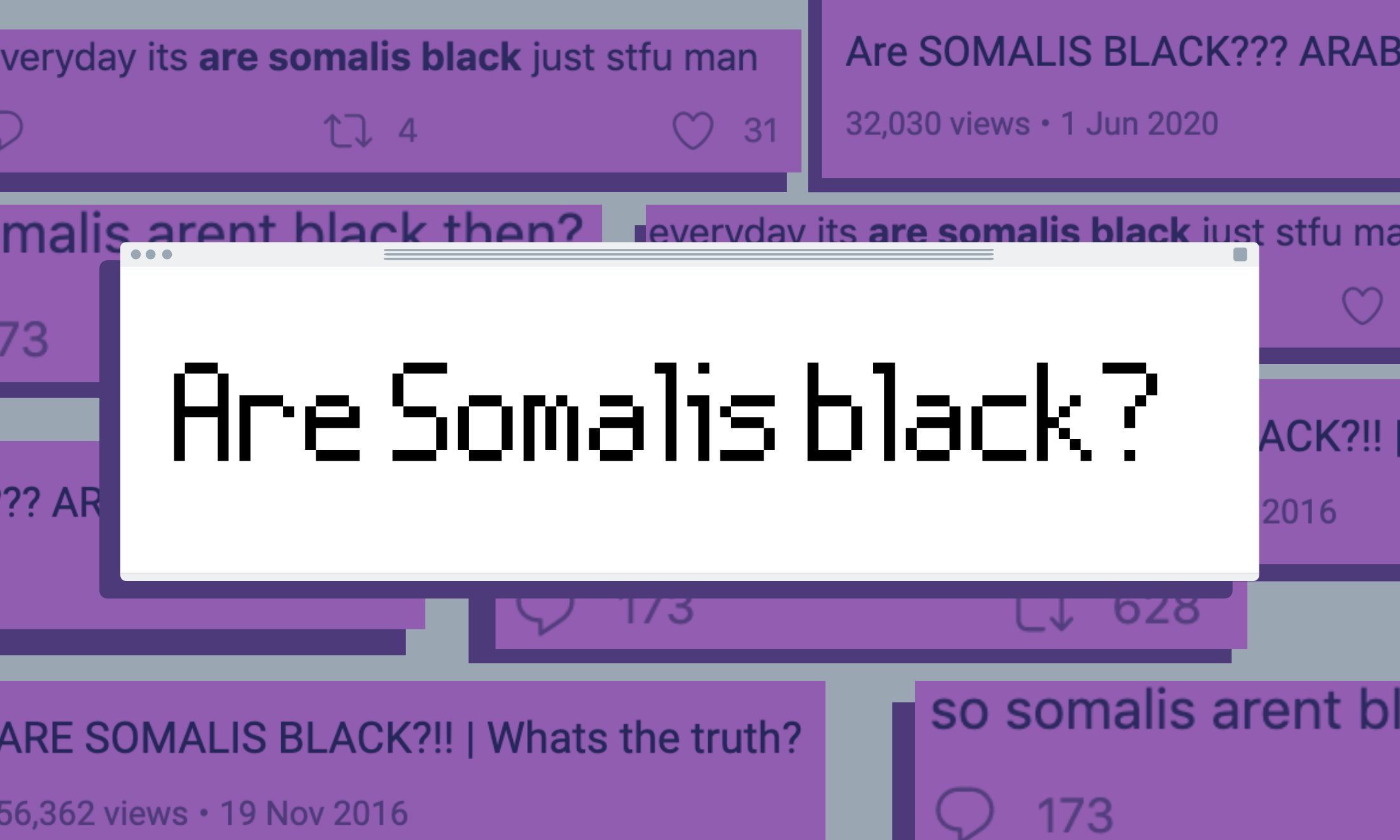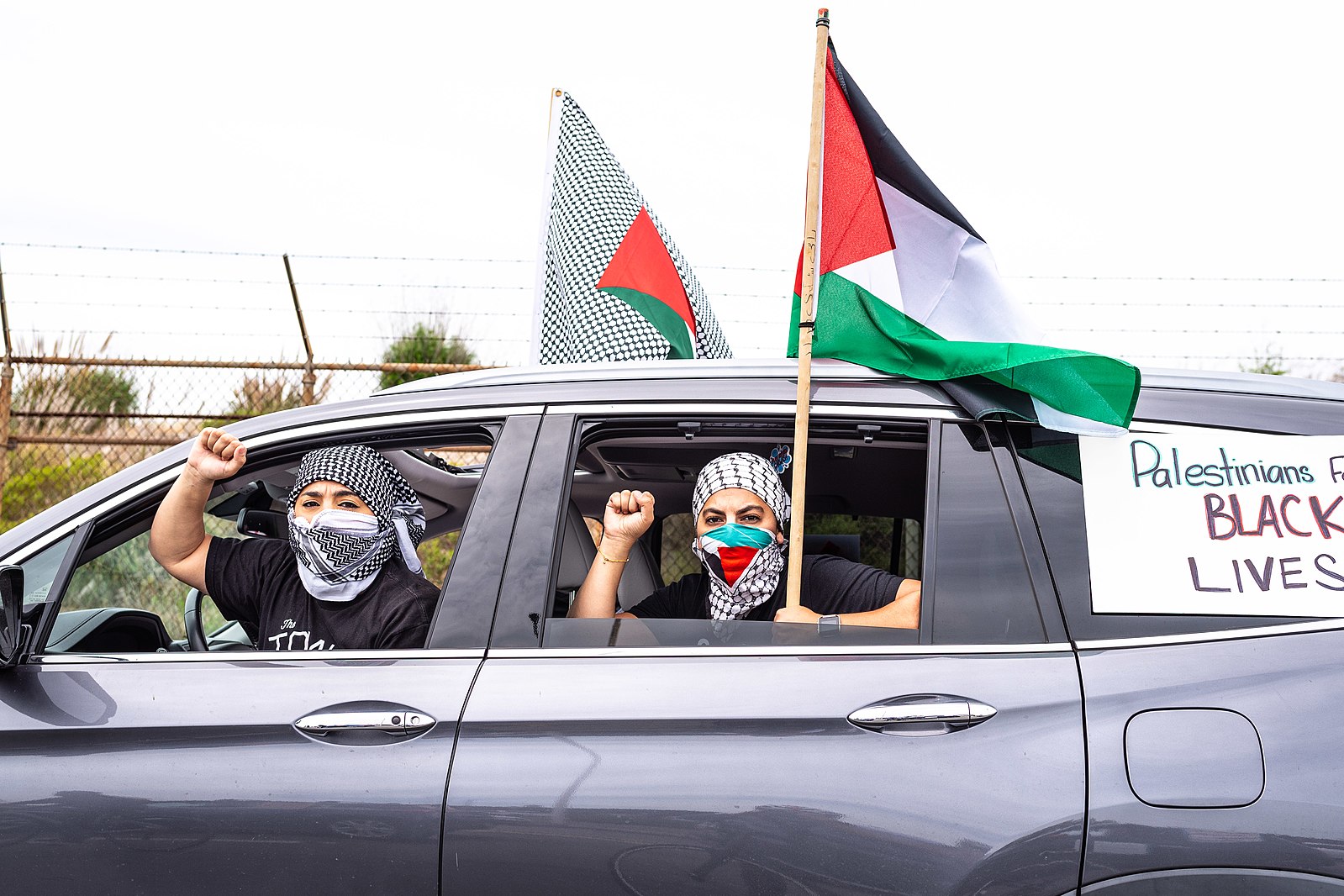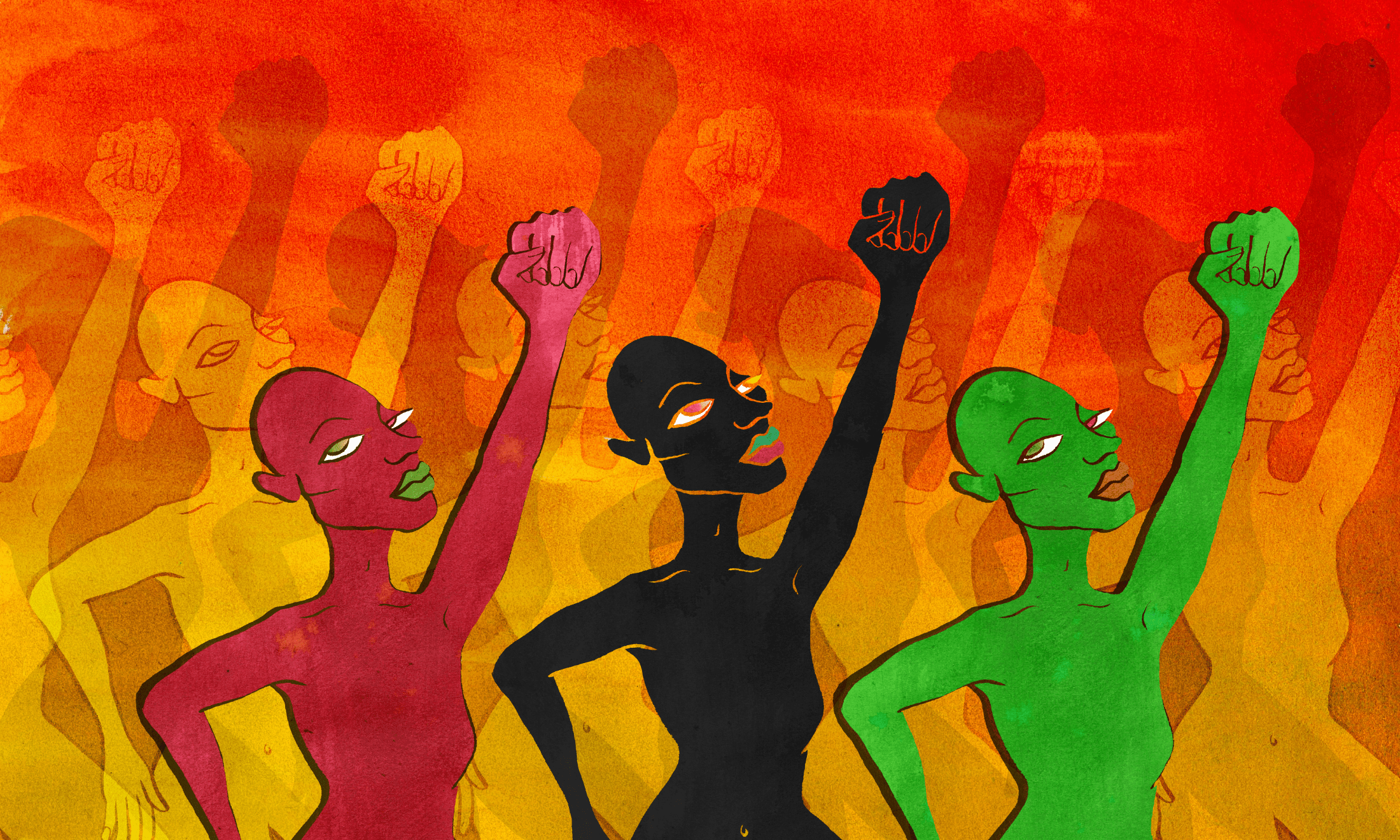
We need to unpack the damaging ‘Are Somalis black?’ rhetoric
The age-old 'debate' gets revived online consistently, but are we looking at the issue through a colonialist lens?
Halimo Hussain
16 Feb 2021
There is an exhausting recurring debate taking place online. In particular, on the new social media app Clubhouse rooms dedicated to a specific question have been created on a regular basis. The question is: are Somali people black? Simple enough as it sounds, it’s a question that generates differing opinions and passionate disagreement from Somalis and non-Somalis alike. As a Somali person living in the UK, it’s a provocation I’ve been exposed to more times than I can count, not just on Clubhouse or even Twitter. It’s a question I grew up hearing in school and it’s also a conversation I’ve tried to unpack on a number of occasions with friends and family.
It’s easy to see why this conversation emerges as much as it does. In the West, we are looking at race through a colonial framework that seeks to create hierarchies. As flawed as the question is, it may also reflect, at heart, a desire to understand how Somalis are situated within blackness despite religious and phenotypical differences from some other black communities in the UK. However, it’s unlikely that this can be resolved by a poorly facilitated conversation on social media. It requires space and time to learn – as I have attempted to over the past couple of years – that there is no definitive notion of blackness. There are only people that are racialised as black, and with that racialisation comes commonalities but also differences. Despite how contentious this argument may appear at times, there are many Somalis, like me, who identify as black and question why this is ever really up for debate.
If you have come across this rhetoric, you’ll know how it can often result in a trivial back and forth. Comments blur the lines between ethnicity and race. Some don’t even attempt to rationalise, saying “Somalis are just different!” At best, people try to make sense of the Somali genealogy; delving into the East Cushitic heritage, a term used to describe people who are primarily indigenous to the Horn of Africa and tribal groupings of people in Somalia. Once in a while they’ll make reference to the introduction of Islam in the Middle Ages and the impact of Arab trade and migration. At worst, comments dance on the border of racial essentialism, by insinuating that physical appearance, such as the size of a nose or hair texture are true measures of someone’s blackness.
“These discussions are rarely good faith attempts to build a shared understanding; often veering into anti-blackness and Islamophobic territory”
Predictably, these discussions are rarely good faith attempts to build a shared understanding; often veering into anti-blackness and Islamophobic territory. Being Muslim and black seems to be a primary source of contention. Instead of acknowledging that neither identities take precedence and both can co-exist, people seem to create a sense of competition between them.This primarily stems from some Somalis actively arguing that they see more of an alignment with Arabs than with other black ethnic groups because of migration or faith. It’s an argument that is used cynically to distance themselves from what they consider to be ‘blackness’. It’s not unusual for non-Somalis to absorb these narratives and weaponise them to also exclude Somalis from blackness.
It feels at times that the blackness of Somalis is uniquely scrutinised and it’s not only happening online. Only a few weeks ago, a government department in Canada chose to reject a funding application by a Somali organisation in Ottawa – its reason being that they were not considered to be “black enough”. Its criteria for making this decision is still not clear.
Formations of race and identity are complex ideas to grapple with. Still, each time I come across this question, I’m struck by the way historical legacies of race and racialisation are misunderstood. In its simplest form, perception of race, and in particular blackness, is linked to skin colour and connected to African heritage. Yet, even though Somalia is situated in East Africa and Somalis often have dark complexions, for some this isn’t enough to validate their blackness.
As is often the case with online conversations, personal feeling and opinion takes precedence over fact – that fact being that racial identity is dictated by historical and political processes such a colonialism and slavery. The history of modern racism shows how concerted efforts were made to create racialised categories. For example, the Age of Enlightenment saw eugenicists such as Francois Bernier pioneer ideas of racial superiority and inferiority which helped justify the unspeakable violence during the transatlantic slave trade. Unfortunately, this kind of scientific racism continues to inform much of the way we view race and blackness. Ultimately, if we are to unpack these harmful narratives, we have to reckon with this history and conceive of race as a top-down, state-led process. Somalis, like many other black ethnic groups, have very little autonomy over opting in or out.
“Existing at the nexus of anti-blackness, xenophobia and Islamophobia increases the visibility and vulnerability of Somalis”
While the process of racialisation can come across as abstract, its manifestation and impact is easy to observe. For many Somalis, being racialised as black continues to determine disproportionate negative outcomes in terms of education, housing and the criminal justice system. In particular young Somali men, like many other young black men, are over-policed and over-represented in criminal justice systems throughout the Global North. Data is generally obscured by the lack of differentiation between POC communities in government statistics, however research led by Somali organisations speaks to these unfavourable outcomes for the Somali community.
What’s more, existing at the nexus of anti-blackness, xenophobia and Islamophobia increases the visibility and vulnerability of Somalis. This has in part led to cases such as the tragic deaths of Shukri Abdi and more recently, Mohamud Hassan, a 24-year-old man from Cardiff who died shortly after coming into contact with the police. Their deaths serve as reminders that institutional racism and state violence are harsh realities that Somalis encounter alongside other black communities in the UK.
The Black Lives Matter movement this summer seemed to take account of this. Chants and placards demanding Justice For Shukri Abdi could be found throughout the organised protests. Likewise, messages such as Black Lives Matter could be observed at recent protests outside the Welsh police station for Mohamud Hassan. It’s an indication that wider society has made progress in making the connection that Somalis do face anti-black racism.
In the face of racist attacks on our communities, my hope is that we shift towards more productive questions that facilitate struggles for equality, such as ‘how do we fight for our rights?’ and more importantly ‘how do we build solidarity amongst racialised groups to collectively resist racism?’

Britain’s policing was built on racism. Abolition is unavoidable

How Pakistan’s Khwaja Sira and transgender communities are fearing and fighting for their futures

Their anti-rape performance went viral globally. Now what?






